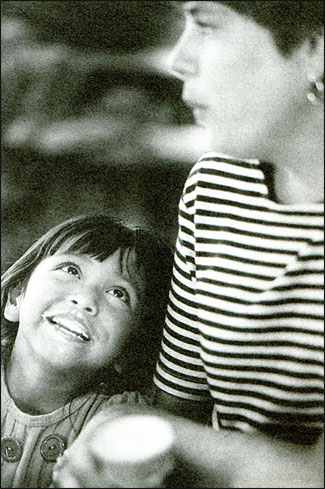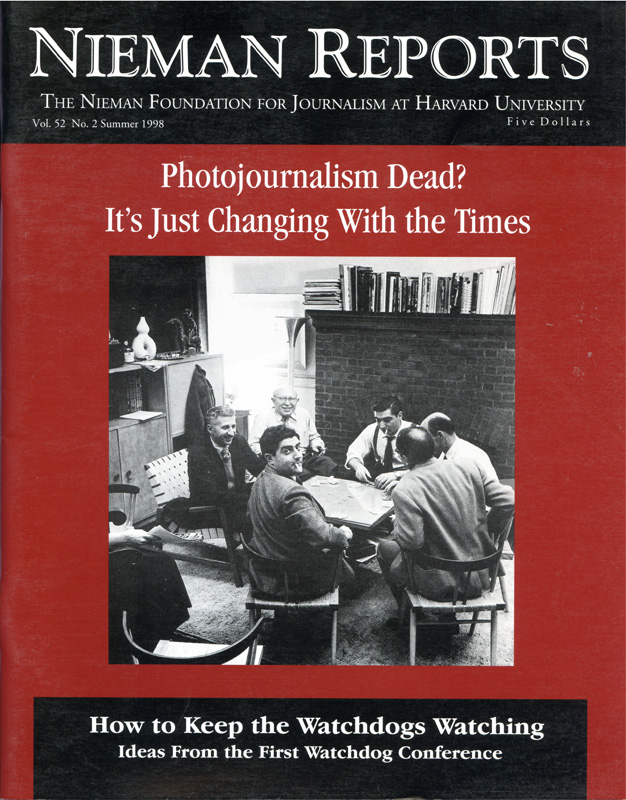
Photo by Torsten Kjellstrand/The Herald.
Emotion is the language of documentary photography. Without it, a picture has little value, except possibly as evidence in court. Most of us look for a different kind of evidence: evidence of life and living.
It may be simple: the smile of a girl eating ice cream in her mother’s lap.
Whatever it is, we first have to train ourselves to see, then learn to capture what we see on film. Working on the honest emotion assignment in Bill Kuykendall’s class was the first step many of us took toward competence in this fundamental skill.
Every assignment needs an emotional charge to succeed, and often that charge comes from our interpretation of the emotions of the person or persons we photograph. Then, when we start to get comfortable with capturing individuals’ emotions, we can start looking for those especially magic moments when the emotions of more than one person come together. We’ll call that assignment Interaction, which is Bill’s lesson next week…
Torsten Kjellstrand is a staff photographer at The Spokesman-Review in Spokane, Washington.



